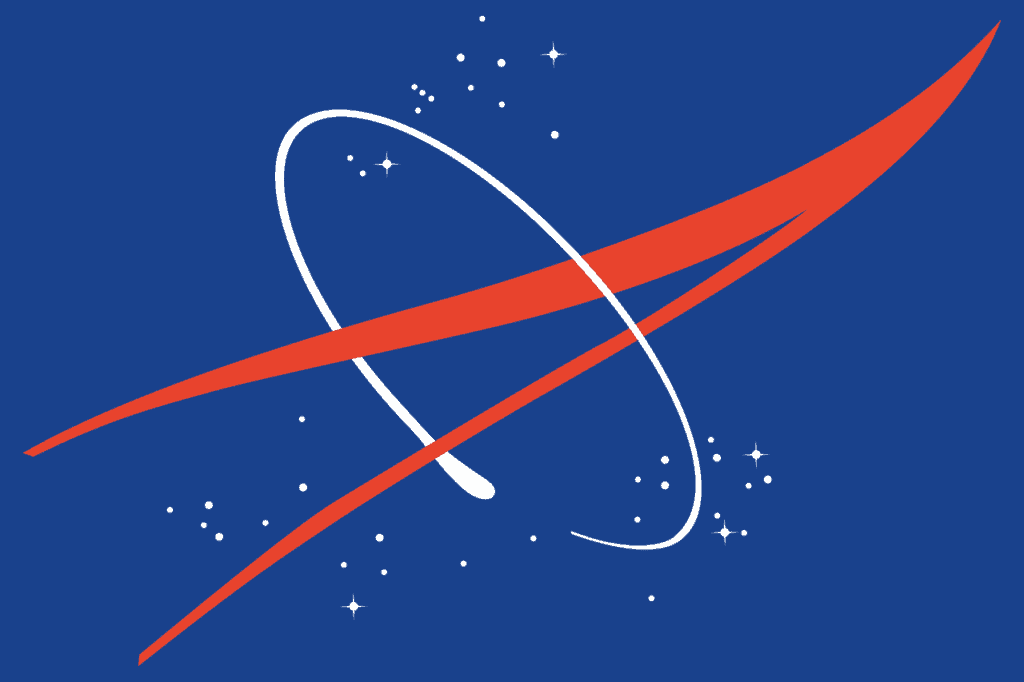Congress’s new proposed spending bill would finally provide NASA with the cash it needs for projects that have been struggling these past few years. Among them are efforts to develop new commercial space stations in low Earth orbit and the development of a new crewed lunar lander.

If signed, the bill would assign NASA $24.041 billion for the fiscal year 2022. While this would be $800 million less than what President Joe Biden’s budget request called for in May, it would still mean a slight increase in the agency’s cash compared to fiscal year 2021, when it received $23.27 billion.
Cash landing
Although Congress does not seem to see eye to eye with the presidential administration on NASA’s budget requirements, there are several projects that lawmakers in the House and Senate are finally agreeing to fund. NASA’s human landing system will receive the full $1.195 billion requested for it. This lander is being developed for the Artemis program, which aims to send the first woman and first person of color to the Moon. For 2021, appropriators only provided $850 million of the requested $3.4 billion for the lander.
Due to constraints in the budget, several changes were made to the original plans for Artemis. These involved choosing at least two commercial companies to design and build landers for the mission — intended to spark competition and provide redundancy for the program. Lacking in cash, however, NASA only selected SpaceX to develop its Starship vehicle into a lander.
If NASA was to receive the increased budget for this mission, Congress calls on it to “deliver a publicly available plan explaining how it will ensure safety, redundancy, sustainability, and competition” within 30 days of the bill’s signing. Congress is also asking for a detailed list of resources NASA would need through to 2026 to ensure the success of the program.
The windfall, should the bill be signed into force, will also inject much-needed cash into NASA’s efforts to develop a successor to the International Space Station. The ISS has funds to operate through to 2024, although the Biden administration has announced that it is looking to extend its life through to 2030. By that time, NASA hopes, the private space industry will have developed its own commercial space station or stations to take over in low Earth orbit. NASA has requested $150 million for this project for fiscal years 2020 and 2021 each but was only granted $15 million and $17 million respectively. However, Congress agreed to appropriate the requested sum of $101.1 million for this year.
Funding for other NASA programs has remained relatively constant under the new proposed bill. Its Orion crew capsule and Space Launch Systems (SLS) are receiving the full requested amount in funding, with the SLS even getting a little extra. Science is being granted $7.614 billion, which is less than what NASA requested, but more than last year. The agency’s request for $653 million for its Mars sample return mission has been granted in full.
So, although the budget doesn’t look the way NASA would have wanted, it’s still a pretty good deal. There is, however, a catch. Projects can only receive 40% of their allotted amounts until NASA’s administrator submits a multi-year plan for Artemis and upcoming NASA Moon missions. This will need to include dates for major milestones, any proposed partnerships, and a whole host of other data alongside estimates of what funds are needed to touch upon these milestones.



